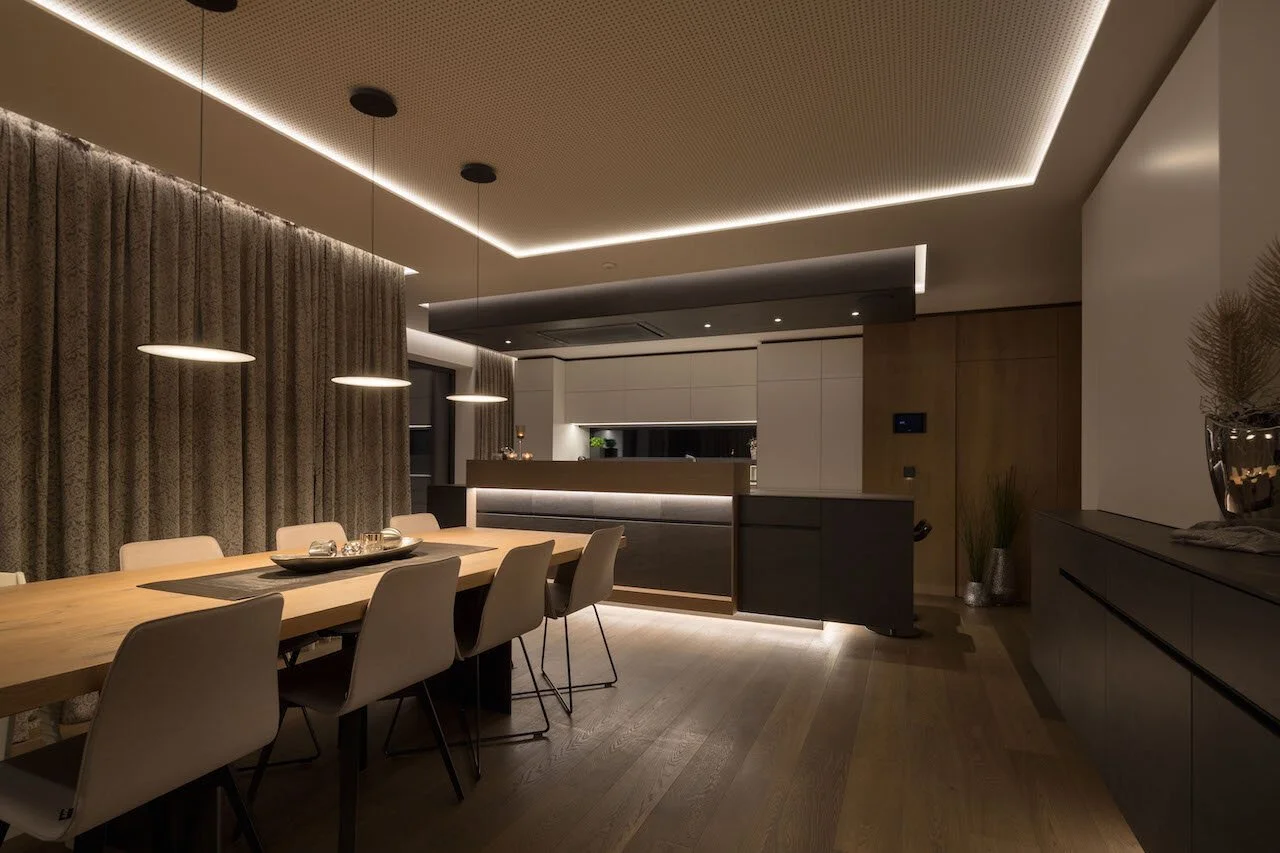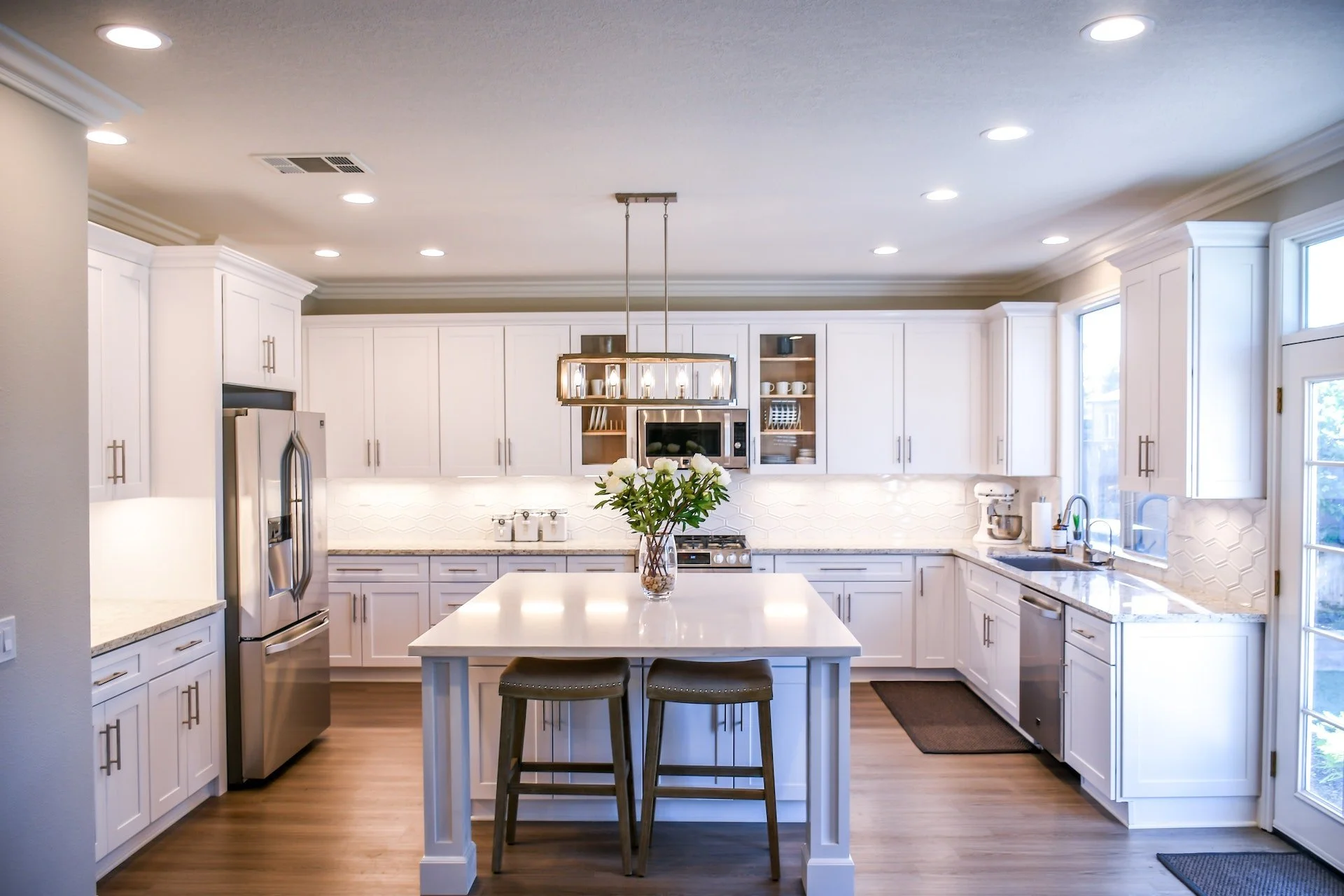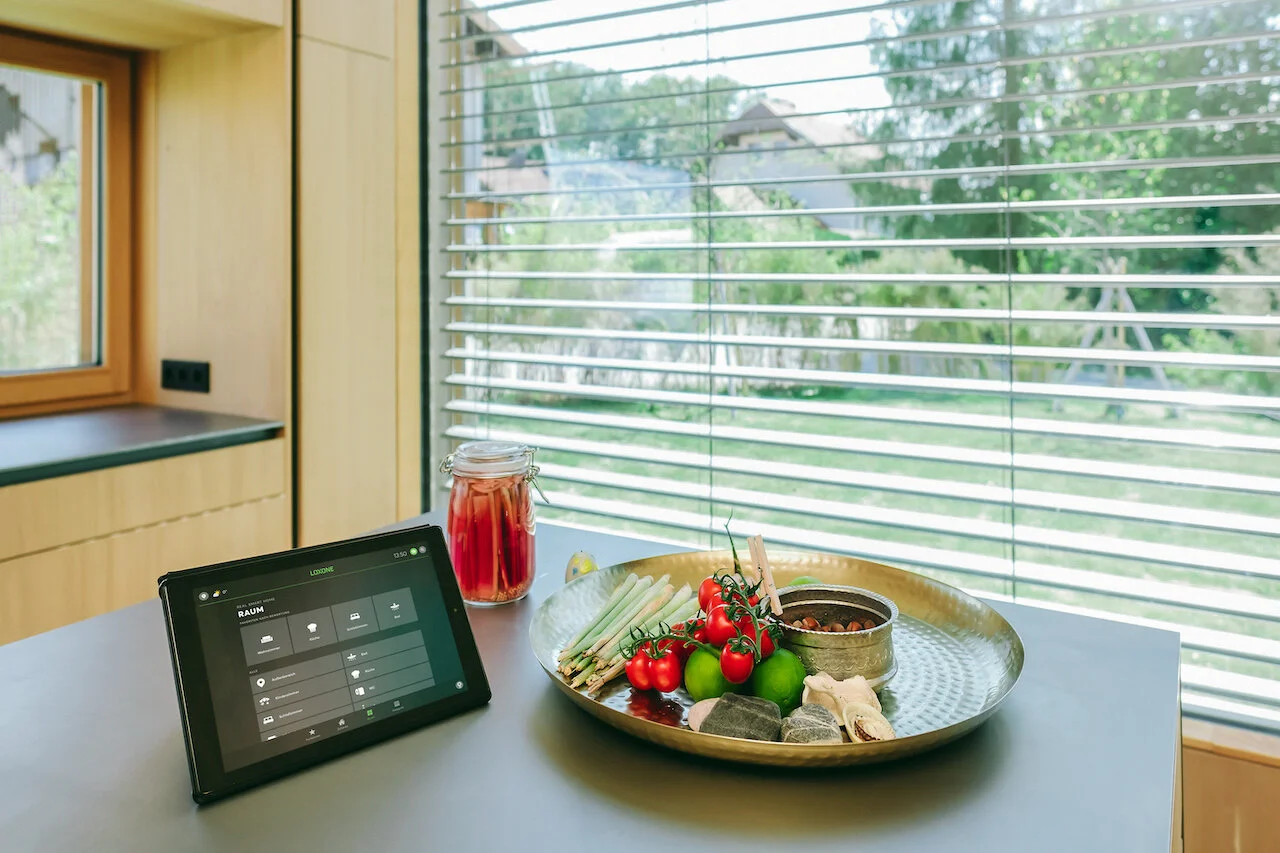Part L Building Regulations Lighting
Part L Lighting is a UK building regulation which lays out specific targets for the conservation of energy in regards to lighting. As part of the Net Zero 2050 initiative all existing buildings are being reevaluated regarding their energy consumption and new structures are being held to much higher standards than existed previously.
If you plan on extending your building or replacing your existing lighting system you will need to adhere to these regulations. Below, we will take a comprehensive look at Part L Building Regulations Lighting, who it applies to and what it entails.
Part L Building Regulations Lighting: The Basics
The current edition of Part L Lighting came into effect in July of 2022 and consists of 4 parts:
Part L1A New dwellings.
Part L1B Existing dwellings.
Part L2A New buildings other than dwellings.
Part L2B Existing buildings other than dwellings.
As the title of each part indicates, Parts L1A and L1B apply to residential dwellings, while Parts L2A and L2B apply to non-residential buildings such as office buildings, retail establishments, hospitality-related buildings, schools and the like. Adherence to these regulations (which you can download here) is non-negotiable. That is, they are the law of the land and failing to comply can lead to significant fines.
-
Previous guidance regarding lighting tended to be more forgiving of waste, which was not surprising since these types of regulations tend to be phased in. Those days are over, however, as the new Part L Lighting regulations are notably more strict regarding both usage and efficiency. Here are some of the key points of the new provisions as they apply to dwellings.
Fixed lighting must now provide lighting levels appropriate to the activity the space is intended for. Excessive illumination is not allowed.
Internal lighting fixtures installed in new or existing dwellings should have lamps whose minimum luminous efficacy is 75 light source lumens per circuit watt.
Lighting systems must allow for separate lighting control over each space including the ability of the lights to turn off automatically when the space is no longer occupied such as provided by Lutron lighting controls.
Fixed external lights installed on a dwelling whether new or existing must have:
Automatic controls that turn the lights off in response to daylight.
Automatic off for lights whose luminous efficacy is 75 light source lumens or less.
-
These regulations apply to non-dwellings such as office, retail, hotel or other non-residential buildings.
General lighting in non-residential buildings must have an average luminaire efficacy of 95 luminaire lumens per circuit watt.
The average light source efficacy of display lighting must be 80 light source lumens (LSL) per circuit watt.
It must also have a rated power usage that is not more than 0.3W/m2.
High purity light sources should have an average light source efficacy of 65 LSL per circuit watt.
When it comes to enforcing these new, more stringent regulations the type of lighting controls present will be taken into account, with guidance being sourced from the Building Establishment’s Digest.
In addition, there are certain exemptions to these regulations including listed buildings, places of worship, temporary buildings intended to last less than 2 years, monuments and more.
About LENI
The Lighting Energy Numeric Indicator or LENI represents a change in regulatory philosophy regarding lighting, focusing on energy use rather than installed load. LENI looks at the whole lighting system and is designed to measure predicted energy use over the course of a year in terms of kilowatt hour per m2.
LENI is intended to help ensure that manufacturers produce more efficient light fixtures (luminaires). In fact, however, LENI allows for less efficient product design provided those less efficient fixtures are properly controlled.
The typical LENI control system is capable of delivering as much as a 30% reduction in energy use by a given light fixture which, when considering how many light fixtures there are in the UK, should lead to significant reductions in overall energy use.
Enforcement
One question on the minds of many residential and commercial property owners is this: who is going to enforce Part L Building Regulations Lighting?
For residential dwellings that honour lies with the Building Control Bodies or BCBs. There are two kinds of Building Control Bodies with the most well-known being Local Authority Building Control or LABC and the other being a private sector Approved Inspector Building Control or AIBC. In most cases, property owners are allowed to choose which BCB they work with on a project.
The government also allows competent persons to self-certify their lighting installations or upgrades as an alternative to using an LABC or AIBC. In England and Wales, the competent person must be registered with the competent person scheme. That person will need to inspect every aspect of the installation, ensure it complies with the letter of Part L Building Regulations Lighting and submit a Standard Assessment Procedure or SAP. In lieu of the SAP, they may make an application to the local authority's building control department.
For non-dwellings, the mechanism for ensuring compliance is the Simplified Building Energy Model or SBEM. The SBEM mechanism is designed to ensure that the Building Emissions Rate (BER) for a given structure is better than the Target Emissions Rate (TER). If it is not remedial work will likely be ordered to bring the building in line with Part L Building Regulations Lighting.
In Conclusion
It should be apparent from this guide that Part L Building Regulations Lighting is not what anyone would call a simple or straightforward initiative. There are a slew of complex calculations involved and various exemptions, exceptions and allowances that compel the property owner to either spend long hours studying the Part L Lighting regulations or to hire a lighting company like Connect Automation to handle their luminaire installation. The pros at Connect will ensure every aspect of your new lighting installation is compliant with all applicable laws and regulations so that you can rest easy.












